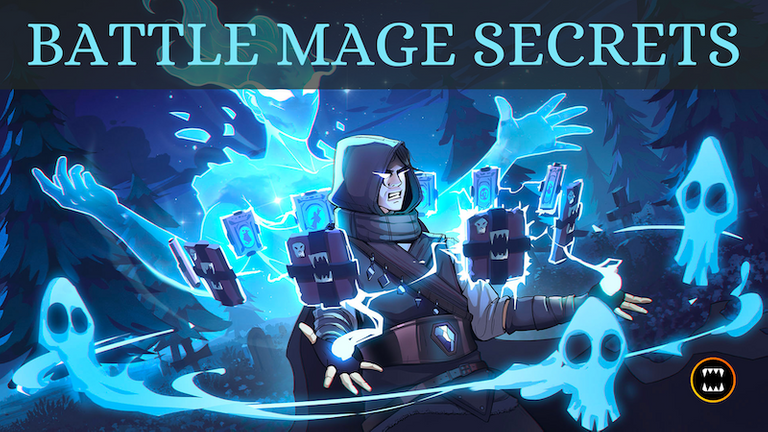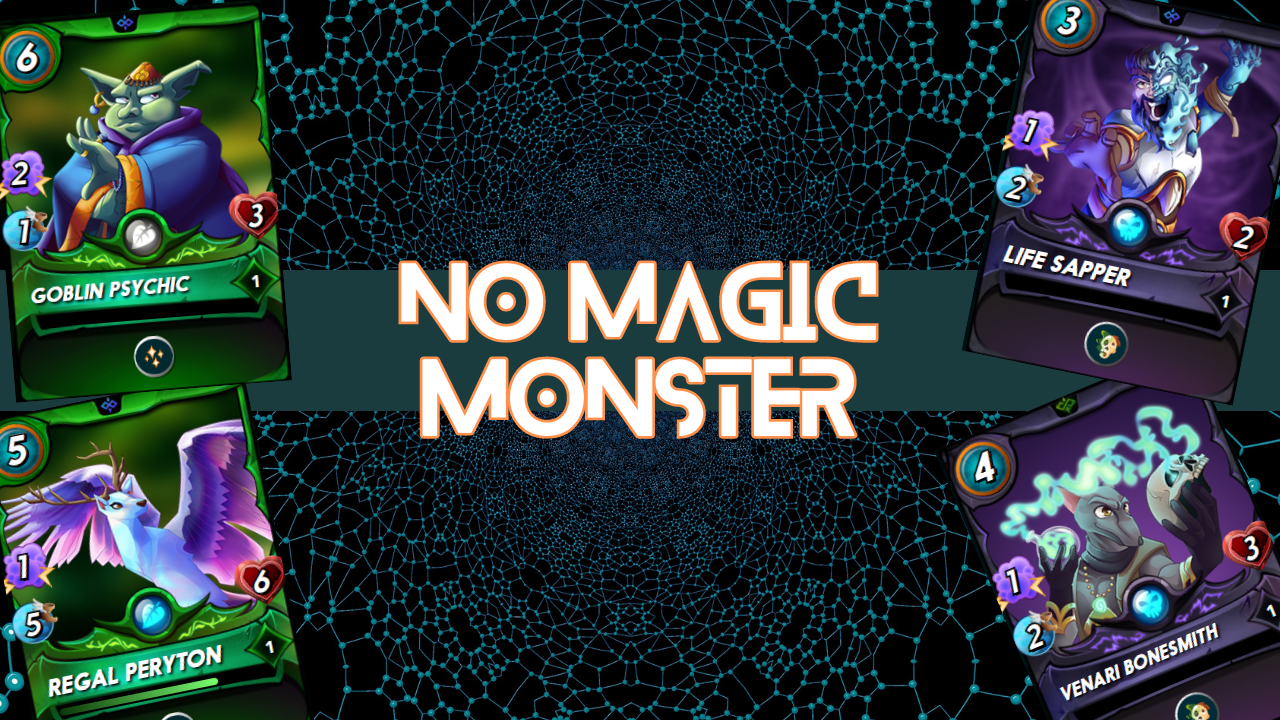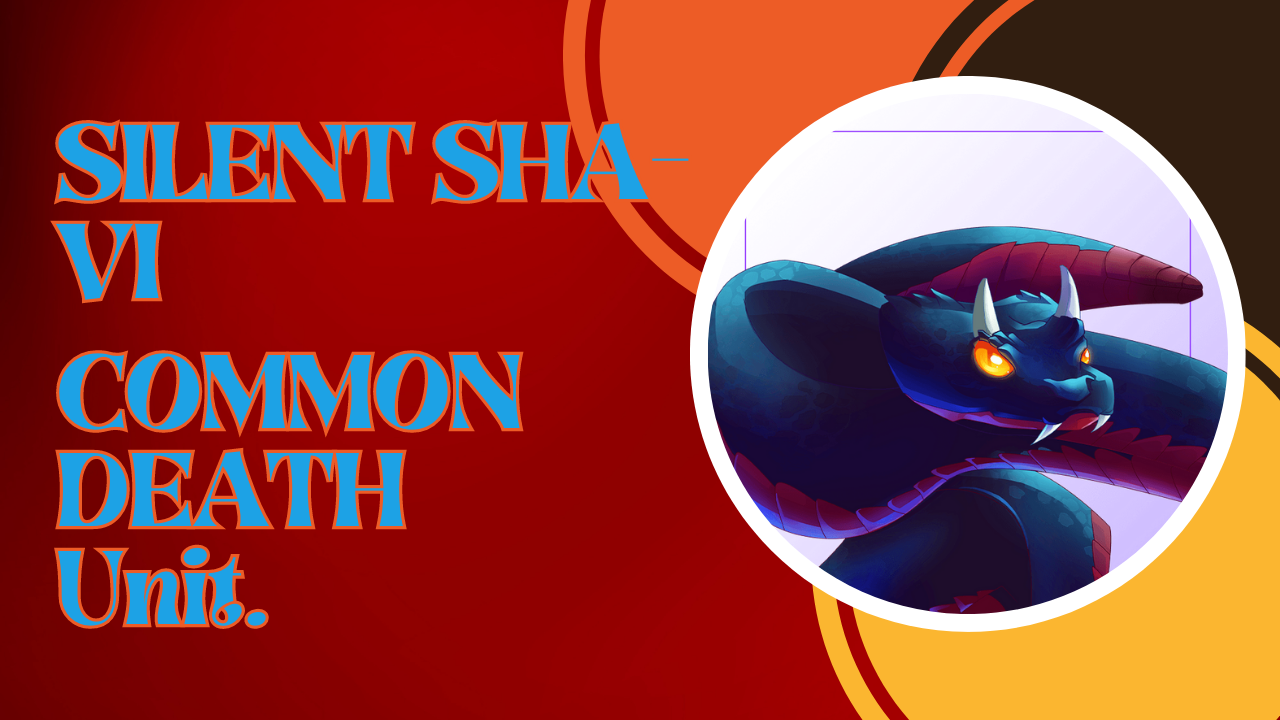Unveiling the Enigma: Lost Magic Battle Rule in Splinterlands. BATTLE MAGE SECRETS Weekly Challenge!

Introduction
In the ever-evolving realm of Splinterlands, where strategy and cunning dominate the battlefield, the introduction of battle rules has always been a game-changer. These rules inject fresh dynamics and novel challenges into the gameplay, and none has stirred more intrigue and anticipation than the enigmatic "Lost Magic" rule. A rule that alters the very fabric of battle tactics, Lost Magic forbids the use of monsters with magic attacks. In this blog, we'll dive deep into the nuances of this rule, exploring its impact, strategies, and the intricate dance it inspires among players.
The Essence of Lost Magic
Magic attacks have long been a defining characteristic of numerous monsters within the Splinterlands universe. These ethereal attacks bypass armor and strike directly at the heart of opponents, often turning the tide of battles in favor of the wielder. However, with the advent of the Lost Magic rule, the very essence of these attacks is erased from the battlefield, leaving players to rely on other abilities and tactics to secure victory.
Impact on Gameplay.

Introducing the Lost Magic rule isn't merely a superficial alteration of battle mechanics; it's a transformational shift that demands a reevaluation of battle strategies and a reshaping of lineups. No longer can players rely on the potency of their magic-based attacks to secure easy victories. Instead, the rule challenges them to diversify their tactics, utilizing monsters with physical attacks, ranged abilities, or other unique skills.
Strategies in the Era of Lost Magic.
Physical Dominance: With magic attacks rendered obsolete, monsters with potent physical strikes take center stage. Monsters with powerful melee or ranged attack become prized assets, able to withstand attacks and deliver crushing blows that now reign supreme.
Ranged Brilliance: Ranged attackers, once overshadowed by magic assailants, now find their prowess enhanced. Archers and snipers, like "Silvershield Archer" and "Gloridax Soldier," seize the opportunity to shine, taking down foes from a distance.
Supportive Allies: Without magic attacks, support monsters step into the limelight. Healers, buffers, and debuffs gain renewed importance as battles extend and attrition tactics take the forefront.
Mind Games and Deception: The Lost Magic rule requires more strategic subtlety. Players can disguise their intentions, making their opponent second-guess their lineup choices and potentially fall into unexpected traps.
Adapting to Unfamiliar Territory.
The advent of Lost Magic doesn't merely reshape the battlefield; it reshapes players' mindsets and adaptability. Veterans accustomed to magic-laden strategies find themselves navigating uncharted waters. Newer players, on the other hand, have a chance to leapfrog, crafting unique lineups that make the most of their available cards and strategies that defy conventional norms.
Evolution of Deck Building.
The Lost Magic rule underscores the dynamic nature of Splinterlands' deck building. With each new battle rule introduced, players must reconsider their deck compositions, exploring synergies and abilities that might have previously been overlooked. The versatility of deck building is further underscored, as players experiment and iterate to find the perfect balance between monsters with various abilities.
Monsters Those I Have Used In The Battle
.png)
In the realm of battle, the pivotal choice of a summoner sets the stage for the clash of monsters. In this particular encounter, I opted for the scarce death summoner known as CONTESSA L'AMENT. This summoner possesses a unique ability, capable of diminishing the ranged attack capabilities of all opposing monsters. The battle was governed by the rule of Lost Magic, which prohibited the utilization of any form of magical attacks. With this limitation, it became evident that our adversary would rely on ranged attack-oriented creatures. Thus, the decision to employ CONTESSA L'AMENT was a shrewd one, aligning with the anticipated circumstances.
As the confrontation unfolded, our opponent indeed fielded two ranged attack monsters. The influence of CONTESSA L'AMENT took effect, resulting in a reduction of one ranged attack power for each of these adversary creatures. This strategic maneuver significantly tipped the scales in our favor, bestowing a tangible advantage upon our forces. The calculated employment of CONTESSA L'AMENT's unique power altered the course of the battle, underscoring the wisdom of summoner selection and adept strategy in the face of distinct battle rules and adversaries.

Now, the focus shifts to the selection of the monsters for the impending conflict. In the prime position, my choice fell upon the legendary death monster, HARKLAW. This decision was grounded in its exceptional attributes, notably its 2 melee attack power and the invaluable Shield ability. The possession of 2 melee attack power endowed HARKLAW with the capacity to dispatch low-health adversaries with a single blow, cementing its offensive prowess. However, the true essence of this monster lay in its Shield ability, a feature of paramount significance. This innate capability functioned as a bulwark, mitigating the impact of both melee and ranged attacks.
The brilliance of this ability was vividly illustrated during the battle. A scenario materialized where two enemy monsters, each bearing a mere one ranged attack power, attempted to assail HARKLAW. Yet, their efforts were in vain, thwarted by the impervious shield. This strategic maneuver showcased the tactical foresight underlying the choice of HARKLAW. By capitalizing on its dual attributes of formidable attack power and invulnerable defense, the balance of the battle was perceptibly swayed in our favor, underscoring the significance of astute monster selection within the framework of the battle's dynamics.
.png)
My second selection for the battle was ARACHNE THUG, a creature boasting 2 melee attack power and a distinct ability – Reach. This ability grants the advantage of attacking from the second position, a feat typically exclusive to melee attackers positioned in the first slot. ARACHNE THUG's inclusion with the Reach ability challenged this norm, enabling it to engage foes from a more strategic vantage point. This deviation from convention added a layer of tactical flexibility to our lineup, leveraging ARACHNE THUG's combat potential effectively.
.png)
In the third slot, my selection was the death monster RAVENHOOD WARDEN. Despite its apparent fragility, possessing merely 2 health and a modest 1 ranged attack power, this creature's utility lies in its valuable Protect ability. Despite its inherent weaknesses, RAVENHOOD WARDEN plays a pivotal role by bestowing additional armor upon all allied monsters. The significance of this protective attribute is clear: the presence of armor renders opposing team attacks ineffective in causing damage to our monsters' health. Thus, RAVENHOOD WARDEN's seemingly unimposing traits belie its strategic importance, acting as a guardian shield that enhances the resilience of our team and reinforces the intricacies of battle strategy.
.png)
Completing my team was SILENT SHA-VI, a commonplace death unit with an underlying threat. This monster harbors the formidable Sneak ability, a characteristic that inevitably singles out the rearmost adversary monster. Conventionally, our robust and potent creatures are strategically positioned at the backline, ensuring their prolonged survival throughout the engagement. Yet, the Sneak ability inherent in SILENT SHA-VI disrupts this arrangement by proficiently eliminating opposing monsters situated in the final slot. The potency of this ability underscores its capacity to bypass conventional defenses and directly target the opposing team's last line of defense. Thus, SILENT SHA-VI's unassuming status belies its profound impact, reshaping our tactical considerations and compelling us to adapt our strategic approach in the ever-evolving dynamics of the battle.
Battle Link
Conclusion
The Lost Magic battle rule in Splinterlands is a testament to the game's ever-evolving nature. It transforms battles into intricate strategy dances, forcing players to adapt, innovate, and experiment. Through diversification, adaptation, and clever deployment of alternative tactics, players rise to the occasion, proving that even without the mystical allure of magic attacks, Splinterlands remains a realm where the skilled prevail and the imaginative conquer. So, embrace the enigma, for within the constraints of Lost Magic, lies the canvas for a new era of battles, strategy, and triumph.
Tweet:
https://twitter.com/JahidHa11774409/status/1693607299674427814?s=20
Well written. @tipu curate 8
Upvoted 👌 (Mana: 0/75) Liquid rewards.